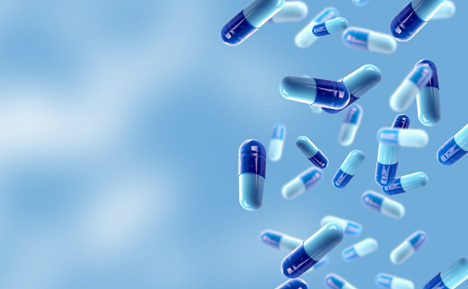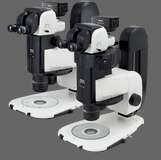- en Change Region
- Global Site
- Home
- Resources
- Applications
- Pharma/Drug Discovery
- Formulation Science
Applications
Formulation Science

The formulation of a drug compound, i.e. the way in which it is combined with excipients (such as: binders, diluents, solubilizers and disintegrants) in, for example, tablets, capsules, creams, pastes, and gels can be critical to the performance of the active ingredient. The formulation must also be fully characterized to ensure product efficacy and patient safety. Techniques used for characterization include X-ray crystallography, vibrational spectroscopy, thermal analysis, solid state NMR, and microscopy.
Polarized light microscopy, in particular, can be used to study a wide range of physicochemical properties. Materials can be characterized and identified by optical properties such as refractive index and birefringence and other phenomena such as particle size, particle shape, color, twinning, and the presence of inclusions or contaminants. When using a heated stage, further temperature related properties of materials may be investigated, such as polymorphic transitions (for example, crystallization and melting points).
During storage, it is essential that formulations are not susceptible to microbial contamination. Light microscopy can be used to determine the effectiveness of preservatives and antimicrobials. Many contaminants can be characterized using appropriate staining techniques.
Useful optical techniques in formulation science include brightfield, phase contrast, DIC, polarized light, fluorescence, and confocal imaging.
- Home
- Resources
- Applications
- Pharma/Drug Discovery
- Formulation Science

